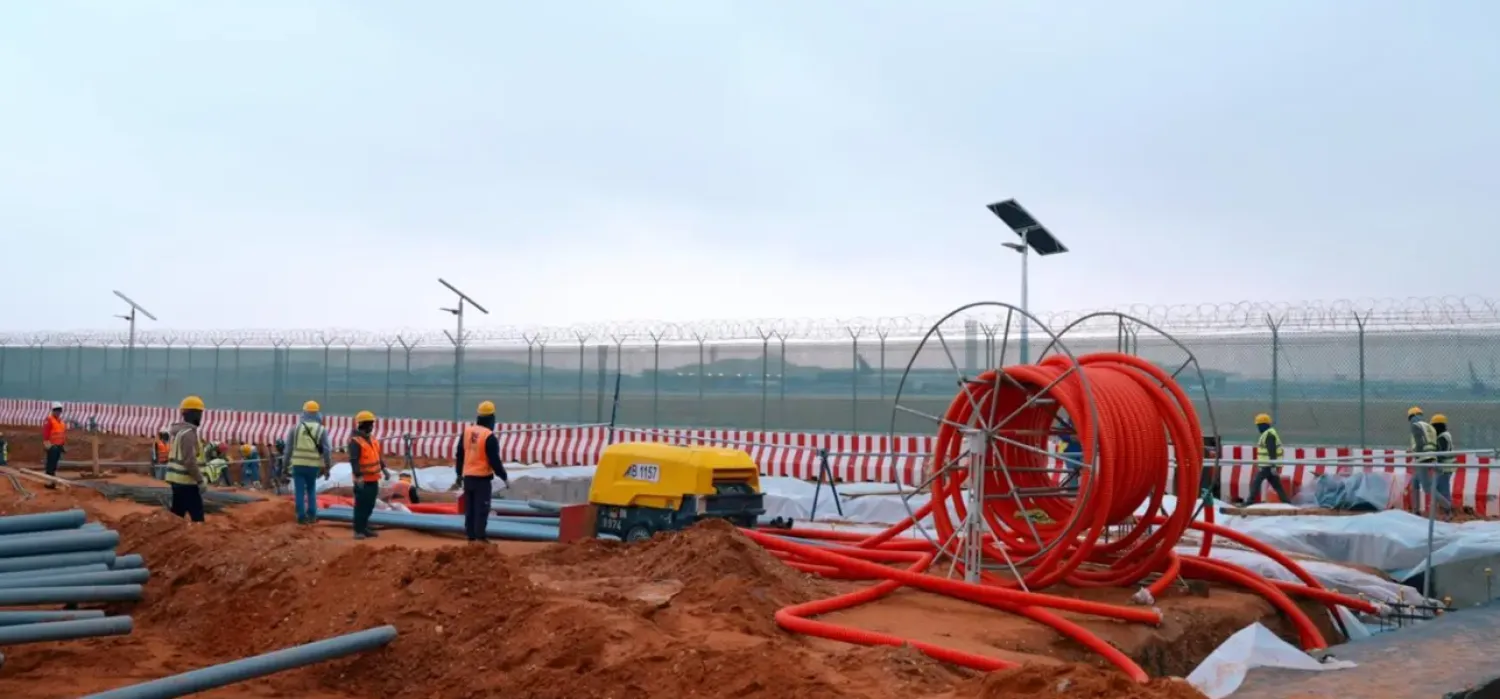Non-oil activities are playing an increasingly pivotal role in diversifying Saudi Arabia’s economy, currently contributing 51% to the total real GDP, with expectations to reach 65% by the decade’s end.
This shift aligns with the country's efforts to rely on varied income sources across multiple sectors and enhance human capital development in line with Vision 2030.
Saudi Arabia leads in cleaner hydrocarbon energy production and is a frontrunner in renewable energy sectors such as green hydrogen, solar, wind, and others. Notably, it is establishing the world’s largest green hydrogen production facility with a total investment of $8.4 billion.
Faisal Al-Ibrahim, Saudi Minister of Economy and Planning, highlighted the sustained strong growth of non-oil activities since the inception of Vision 2030, constituting 51% of the real GDP, surpassing the oil sector's contribution.
He emphasized the Kingdom’s achievements and prioritized accelerating economic diversification and enhancing human capital development.
“We are now on the brink of a new economic era that will witness transformative changes in the coming decades,” affirmed Al-Ibrahim.
Experts speaking to Asharq Al-Awsat anticipate non-oil sector participation to rise to approximately 65% by 2030, driven significantly by private sector contributions. They noted significant economic evolution towards income sources beyond oil, such as investments in coastal infrastructure projects.
Dr. Abdullah Al-Jassar, member of the Saudi Energy Economics Association, believes the current 51% contribution of the non-oil sector will increase to about 65% by the decade’s end, bolstered by substantial private sector involvement.
He highlighted Saudi Arabia’s notable economic shift towards relying on non-oil activities as a primary source of growth, propelled by key factors including ambitious Vision 2030 programs aimed at economic diversification and reducing oil dependency.
Massive government investments in infrastructure and developmental projects in non-oil sectors like tourism, particularly between 2015 and 2020, exceeding billions of riyals, significantly accelerated economic diversification and renewable energy sector development.
Al-Jassar pointed out that “tourism leads the forefront of key sectors currently relied upon by the non-oil economy,” growing at an average annual rate of 10%, contributing 10.4% to the GDP according to the Q1 2024 Statistics Authority report.
This also includes sectors like mining, manufacturing, and agriculture.
He expects expanding promising sectors such as biotechnology, artificial intelligence, digital economy, and developing logistics services infrastructure to be crucial for export operations, advancing non-oil activity growth.
Al-Jassar assumes non-oil activities will continue to accelerate in the coming years, given the clear roadmap for diversifying the non-oil economy, alongside emerging opportunities attracting more investments to fund their activities. This will enhance Saudi Arabia's resilience against future economic challenges triggered by oil price fluctuations.
Financial advisor Ahmed Al-Jubeir emphasized Saudi Arabia’s long-term strategy for non-oil economic growth, aiming to enhance society, tackle inflation, and strengthen economic, financial, and monetary policies under Vision 2030.
He noted that this strategy would diversify revenue sources without relying on oil, ensuring the sustained evolution and prosperity of the Saudi economy.
This includes investing in citizens, improving their income by providing employment opportunities for all, solving unemployment and housing issues, and increasing women's participation in the workforce to support human resources.









